I’ve covered the topic of shopping for tea in China before, and what to do, generally speaking, when going into tea stores of various types. At the time I divided the stores into two categories – puerh shops, and non-puerh shops. Generally speaking, I think my comments there still hold true. If I can distill these into shorter principles of tea purchasing, I think it comes down to this
1) Don’t let them show you what they want to show you, make yourself the director of the action. Now, this is much harder if you don’t speak Chinese or are unsure what you want, but if you have a pretty good sense of what you’re looking for, and, say, if they offer you Jasmine while what you’re really looking for is shu puerh, then you can just flat out refuse and, if they keep insisting, walk. If you’re shopping in a big tea mall, there are a billion stores just like the one you’re in right now, and they all know it.
2) Establishing a good rapport with the person selling you tea is often a good thing, because sometimes they won’t show you the good stuff until they start to like you – once they’re convinced that you’re serious, they’re much more likely to be willing to brew you a sample of that expensive tea because they think you might want to buy it. This is especially true if you’re obviously foreign, in which case their assumption is you’ll want nuclear green tieguanyin or jasmine. That 10 years old puerh won’t show up (or won’t be available) until they think they have a chance you’ll actually buy.
3) Number 2 means that while you should be assertive, you shouldn’t be a jerk. Being too picky about how they brew the tea is one thing that can make you seem like a complete ass, especially if they think you have no clue what you’re talking about. Also, bargaining for what is an essentially meaningless amount of money is not a good idea, generally speaking, both from your perspective (you’re wasting shopping time) and theirs (they won’t like you much if you push hard, or unreasonably). If you want to bargain, which you probably should especially if the item is not very cheap and you’re obviously foreign (i.e. you might get quoted higher prices) you should at least save it till the very end, when all is done and you’re about to head out. Bargaining for each individual thing before you’ve settled on something is a bad idea. Indicate you want to buy larger quantities (even if not necessarily true) may get you a better initial quote. Prices have risen a lot in the past few years, and a lot of premium items in China are no longer cheap, even by Western standards. Don’t assume that because you’re in China things must be dirt cheap – that’s simply not true anymore. Also, if you were referred to the store by a friend and the storekeepers know that, you might already be getting a better than average price — driving too hard a bargain may get your friend in trouble and may burn bridges.
4) Walking around before entering the store is almost always a good idea — you get a survey of prices and items and know whether or not what they’re offering is unique or not. Unique items, be it teaware or tea, will command higher prices, and vendors generally know it and won’t budge much. If they pressed it themselves, expect higher prices. Also, just because a store is the “official” distributor of a tea (say, Dayi) doesn’t mean they’ll be cheaper. In fact, sometimes they might be more expensive because they have a wider range of products and they’re less likely to sell fakes.
5) If you’ve got a few weeks and got to know a few vendors, don’t bother trying to get their opinion on someone else’s tea. They’re almost invariably going to tell you the tea’s bad.

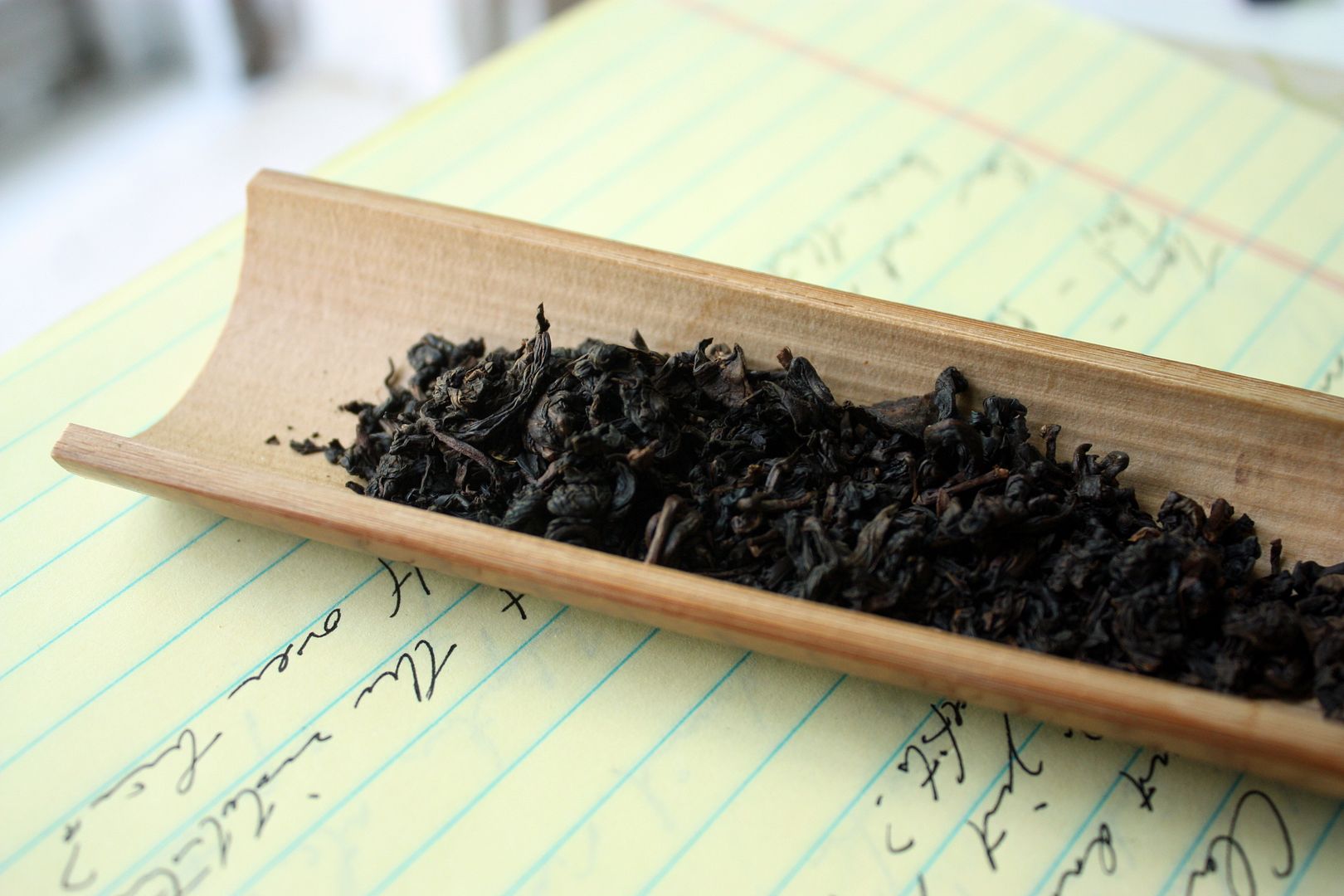
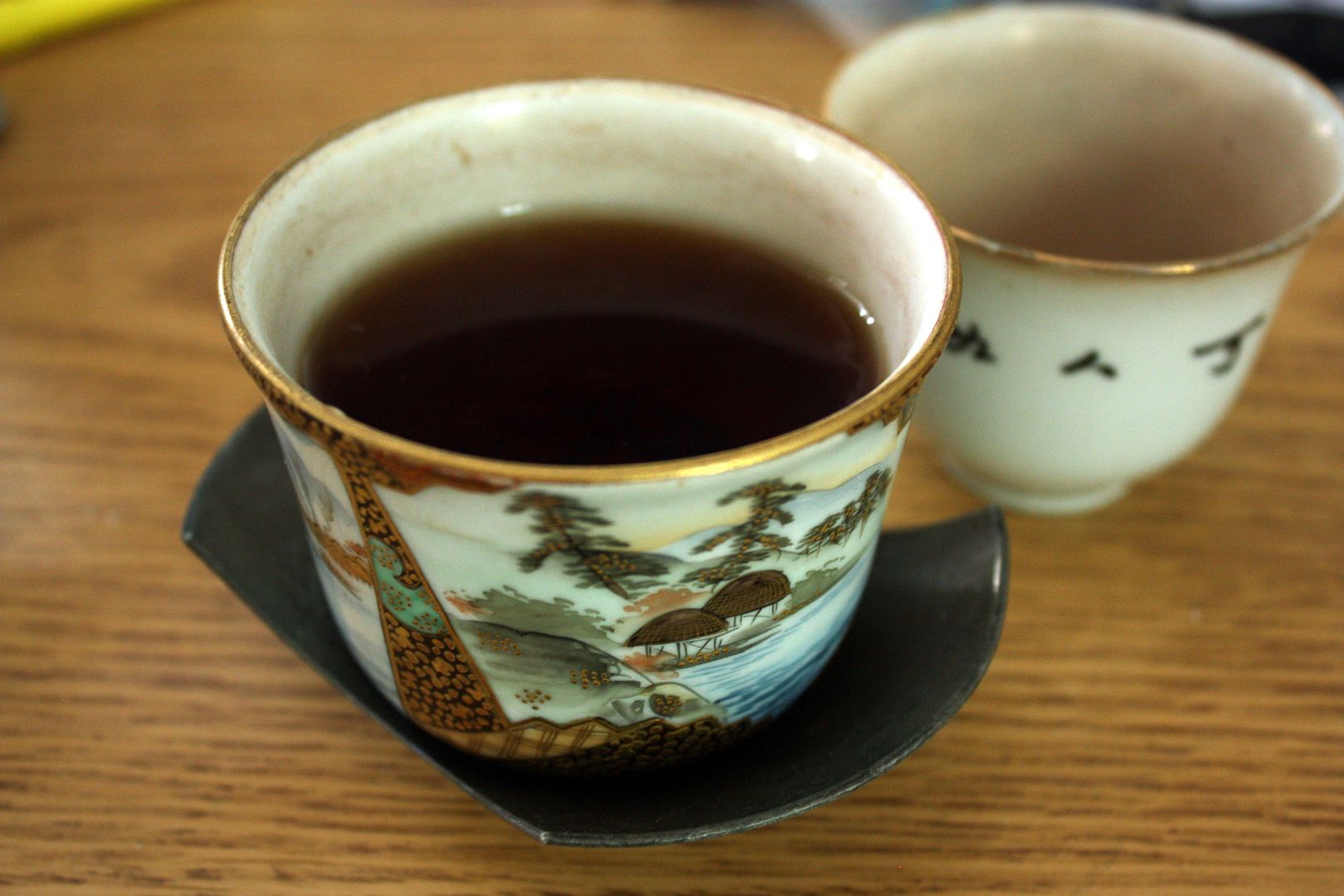
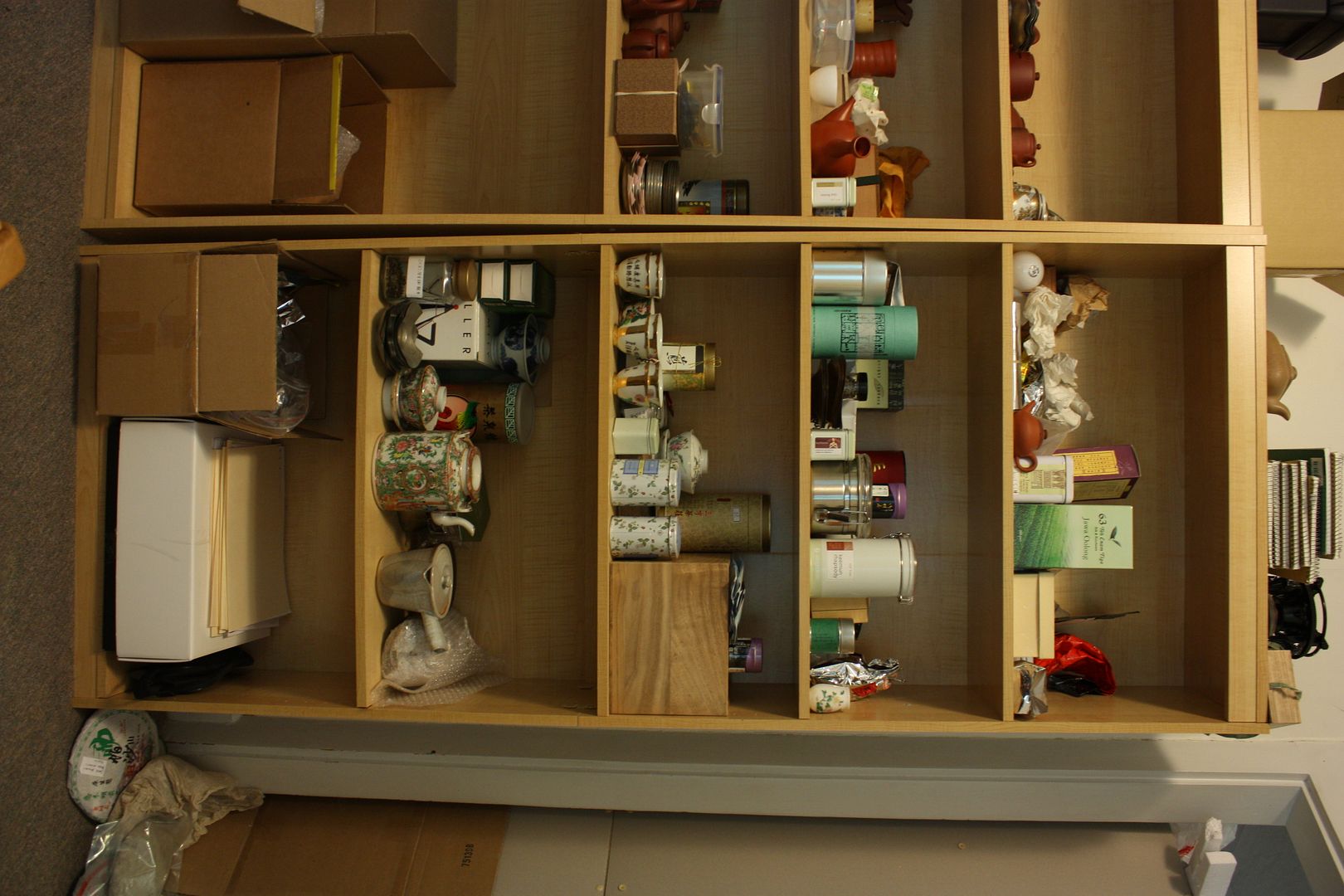
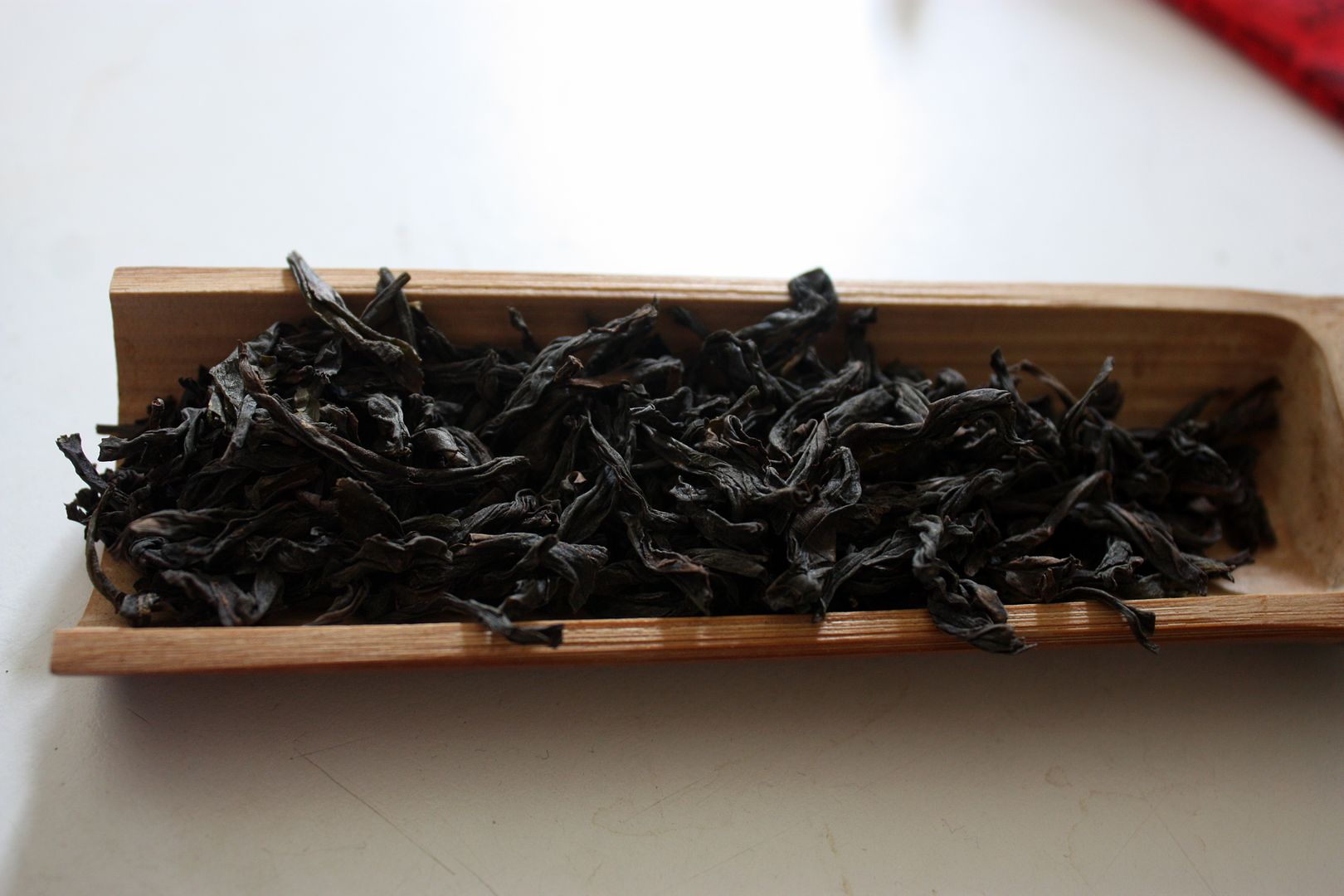
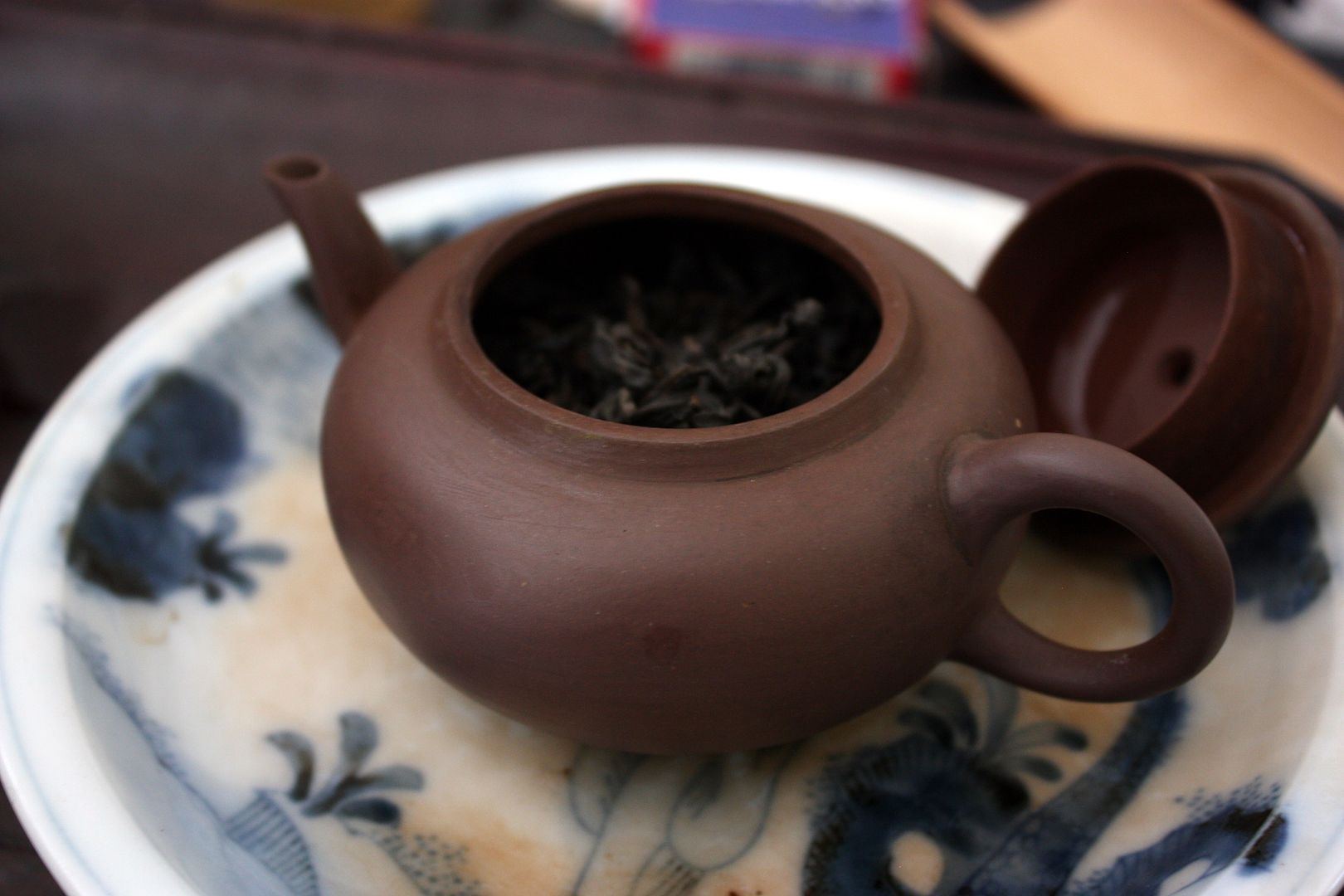
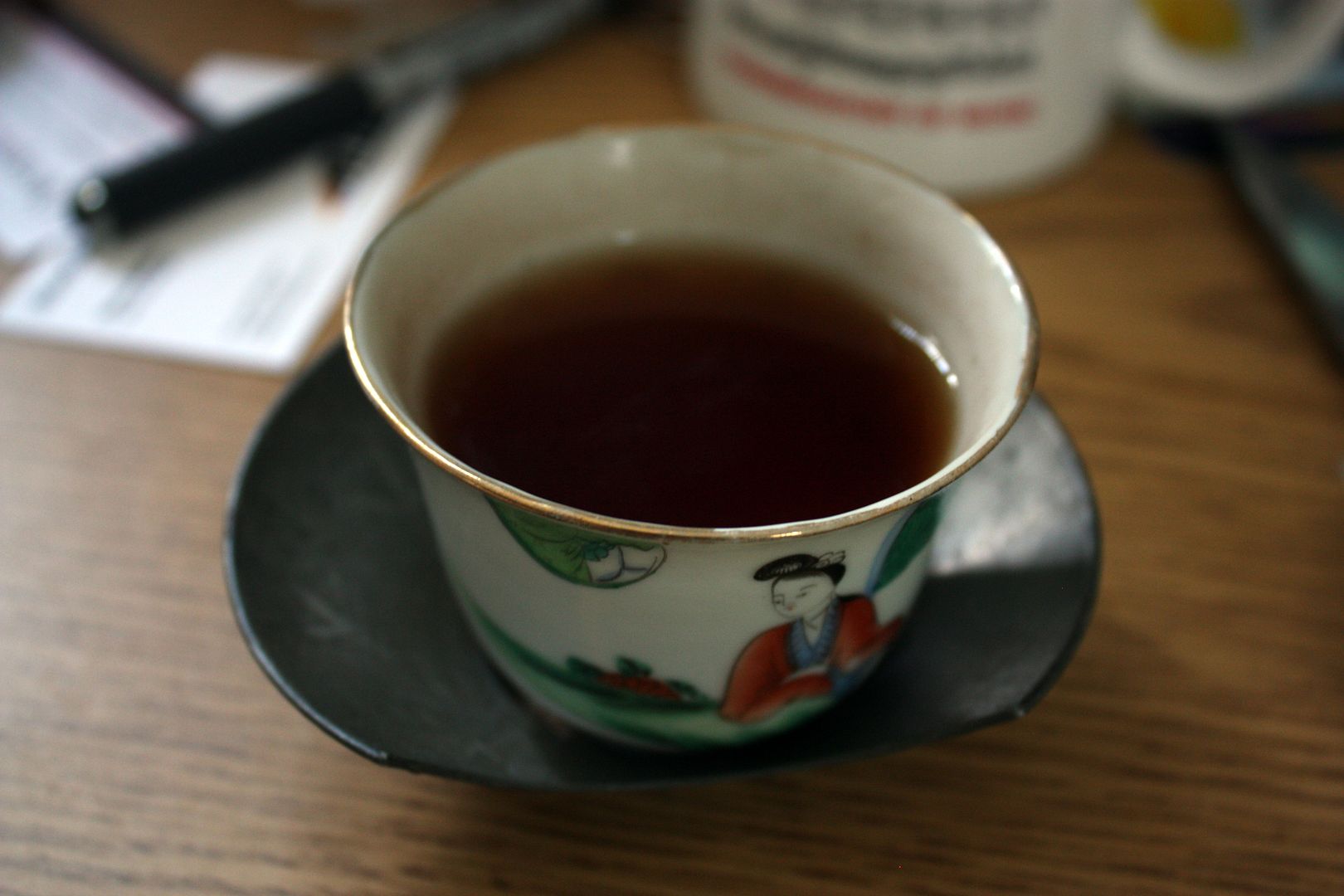
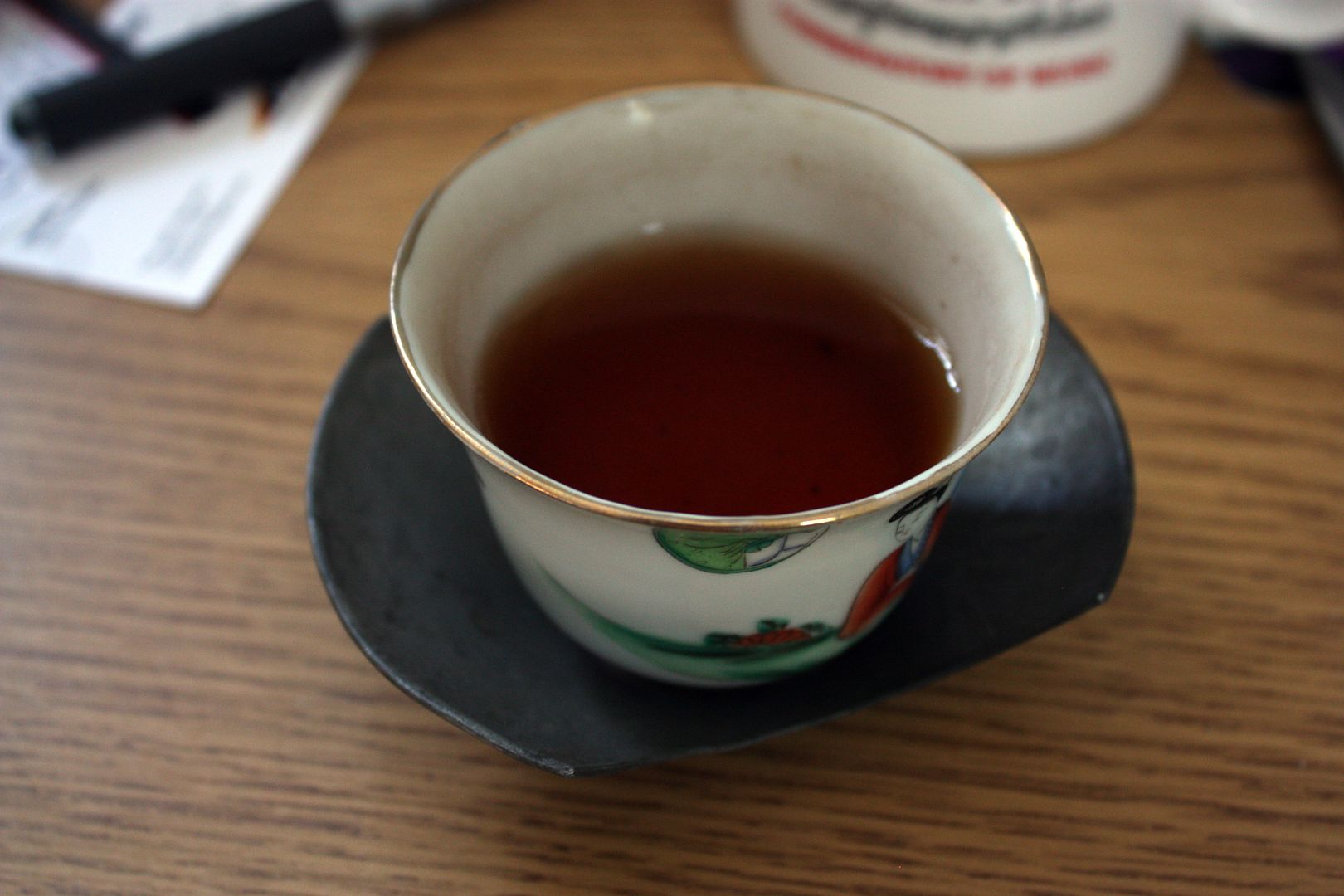
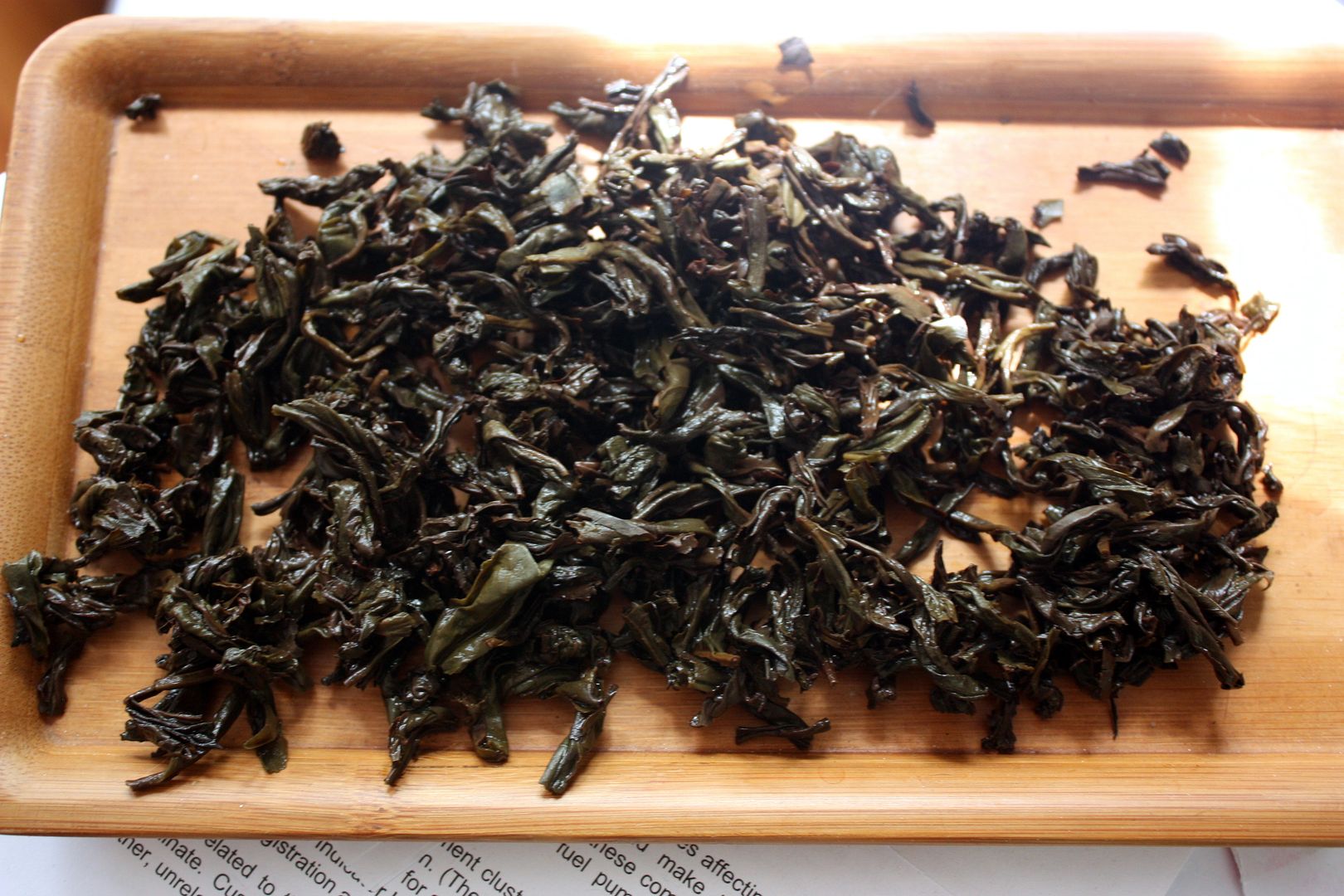
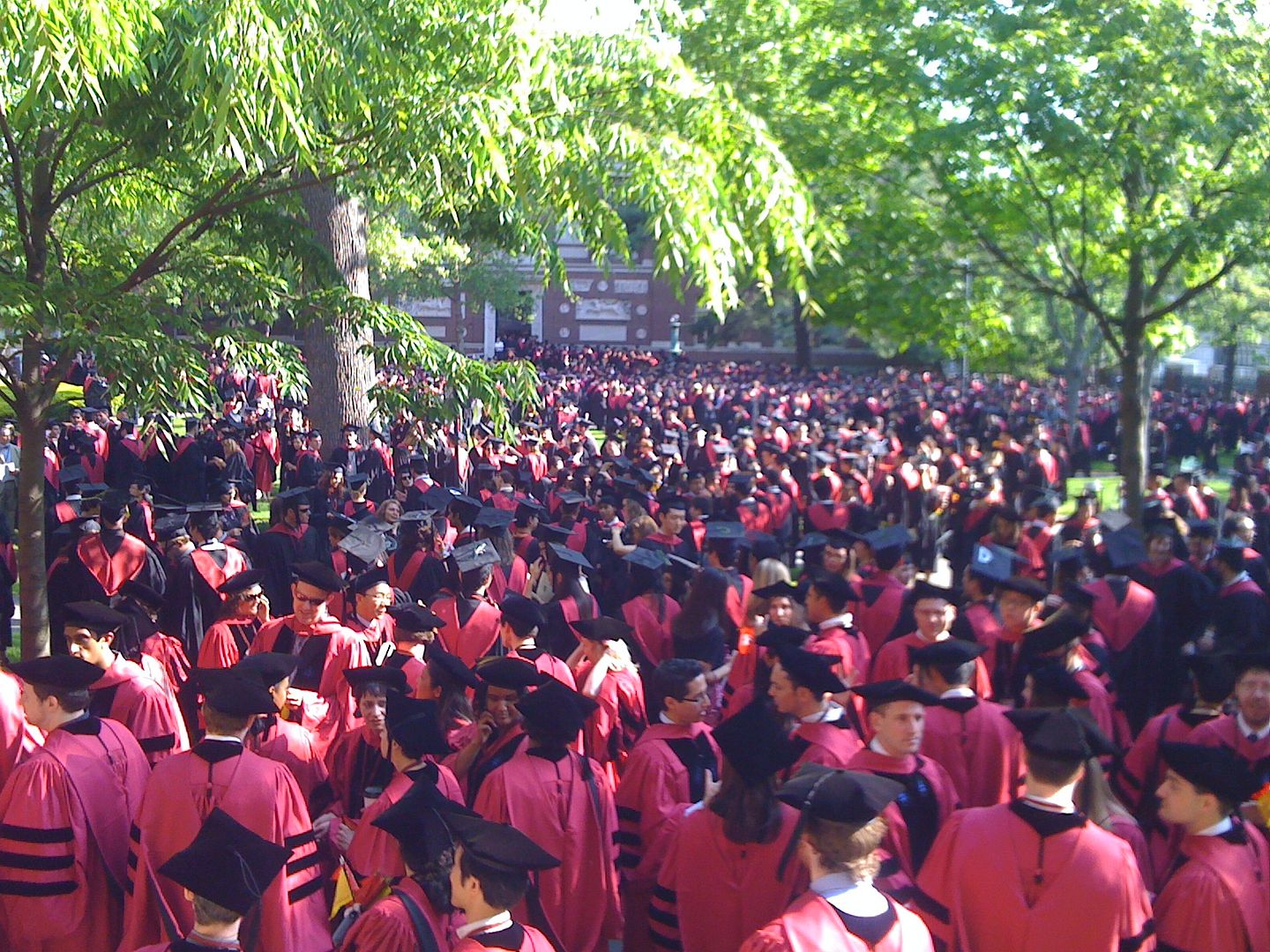
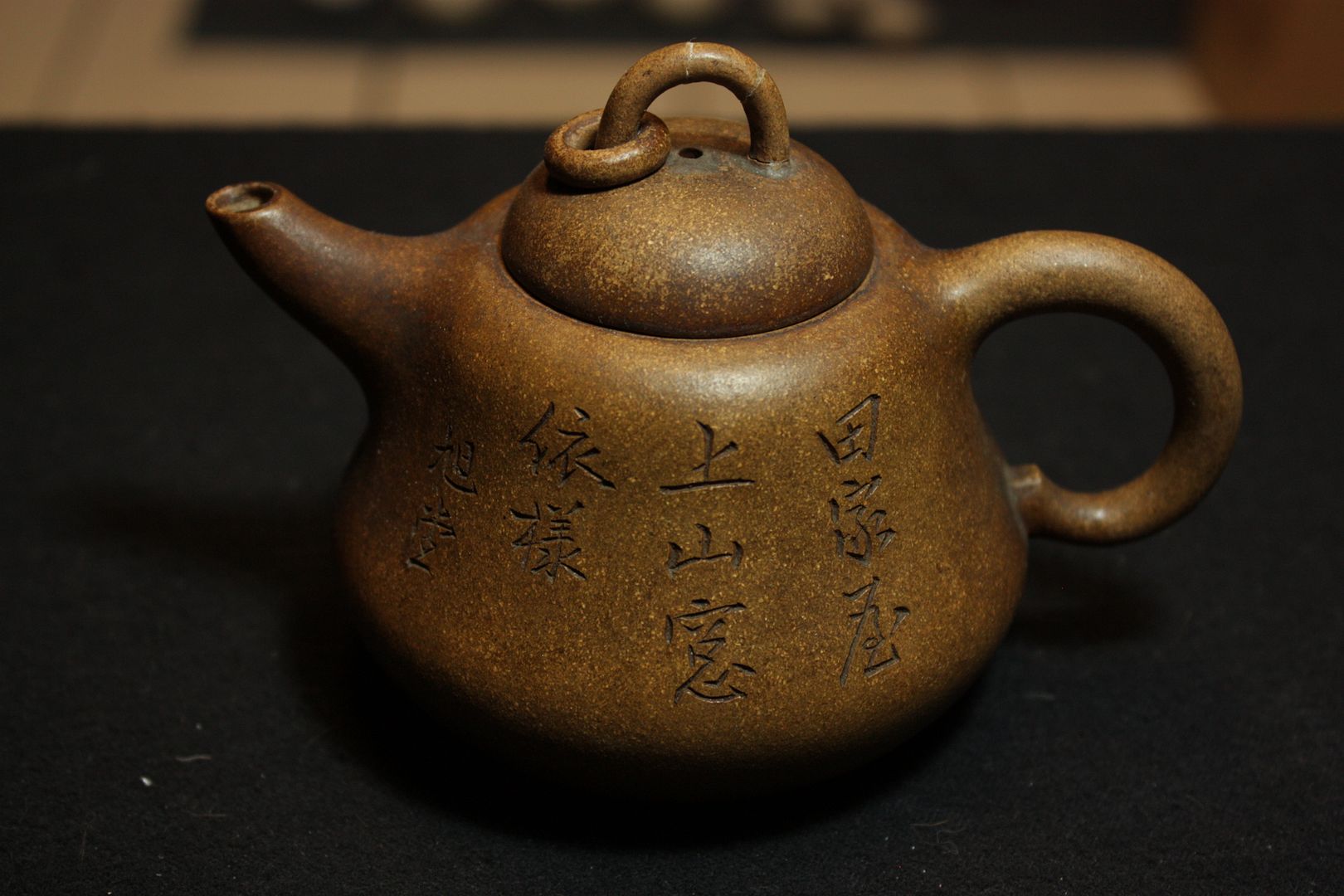
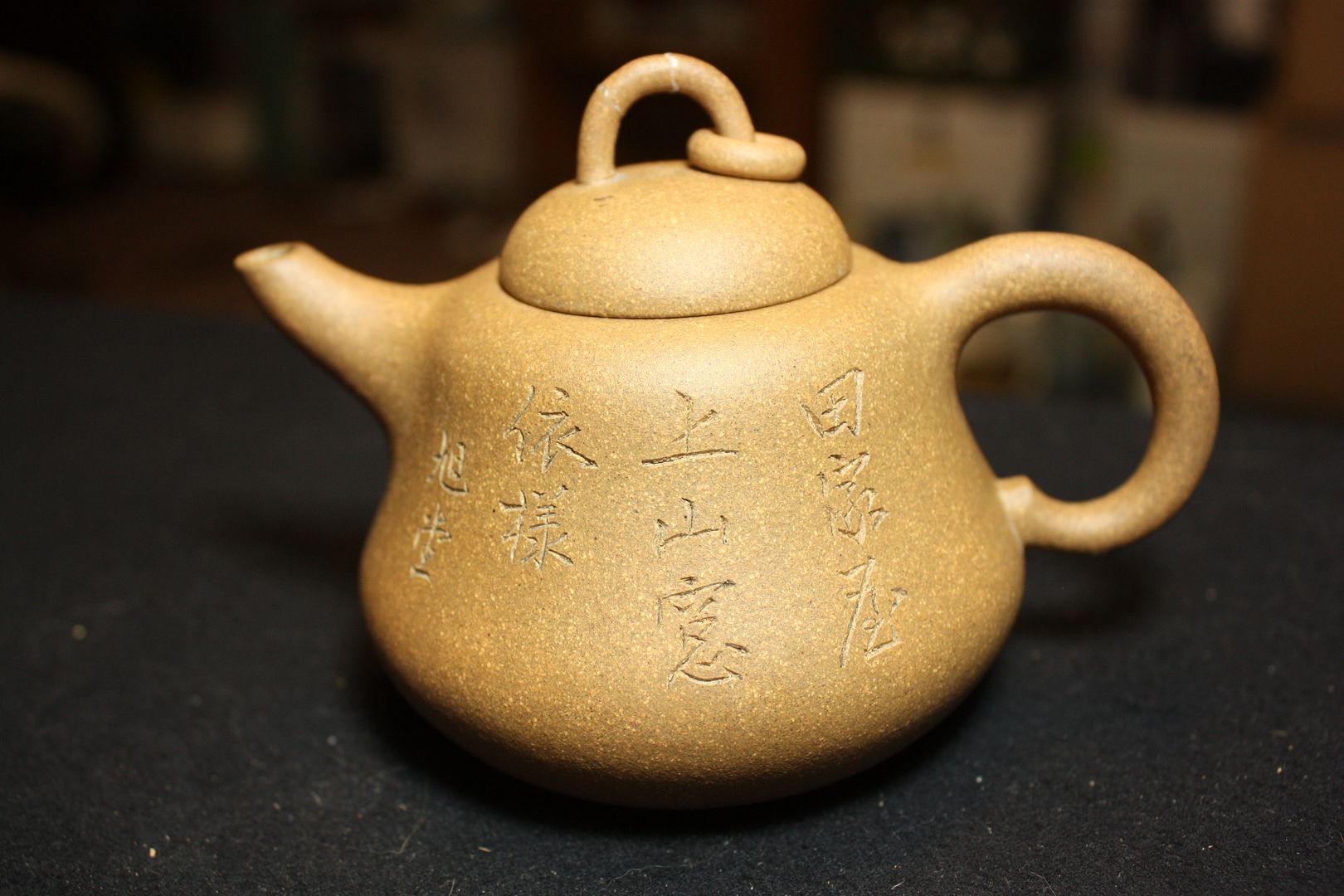
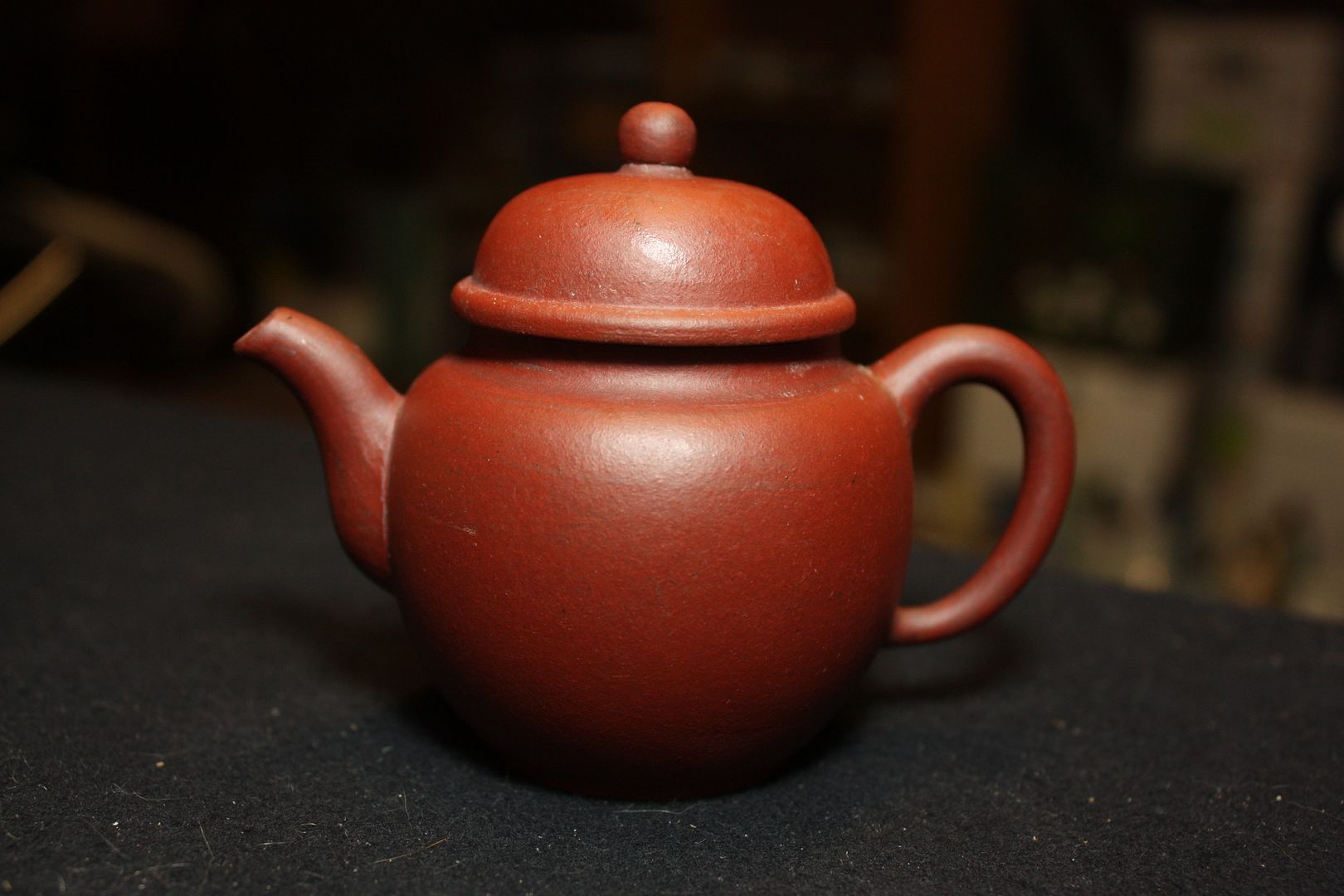
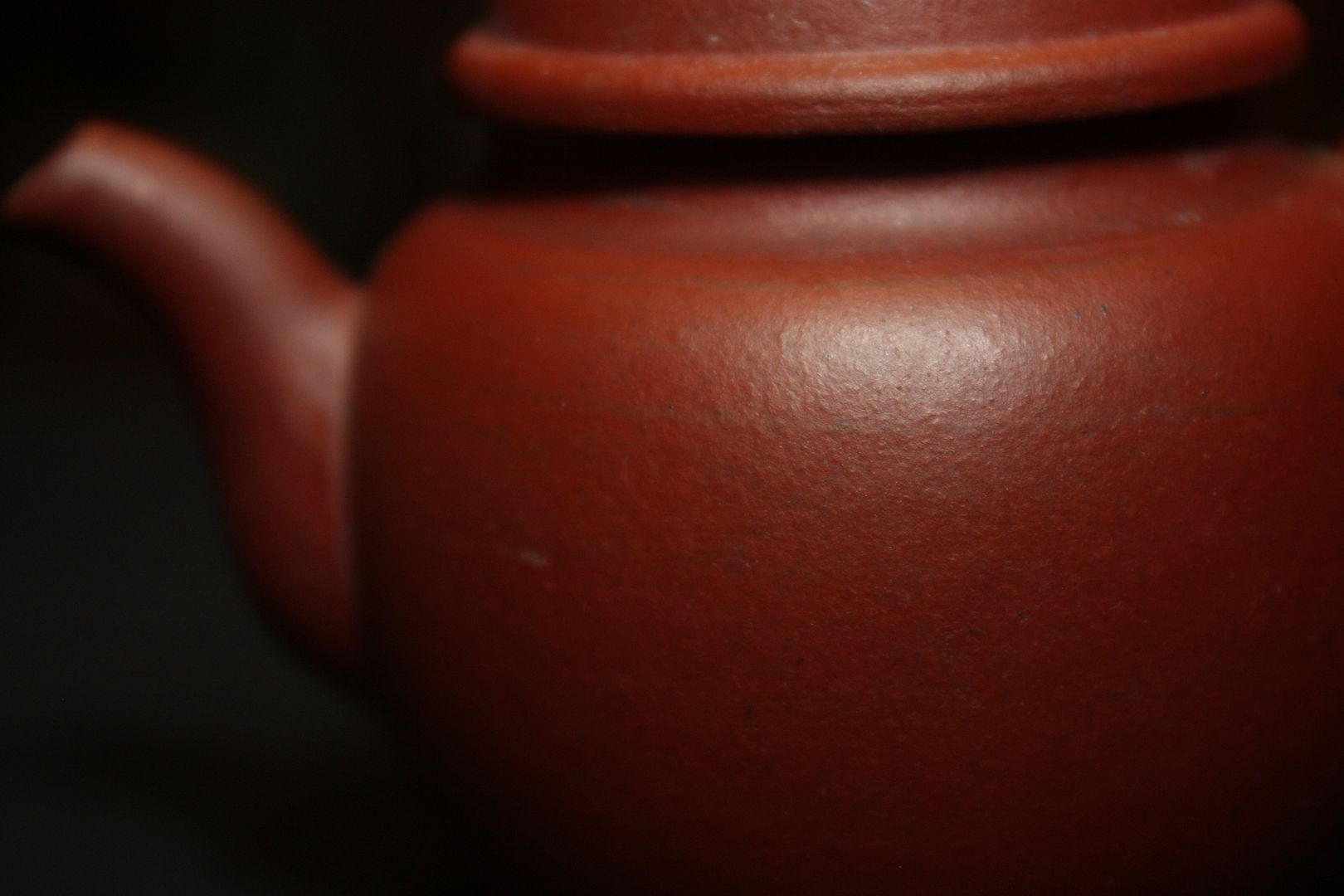
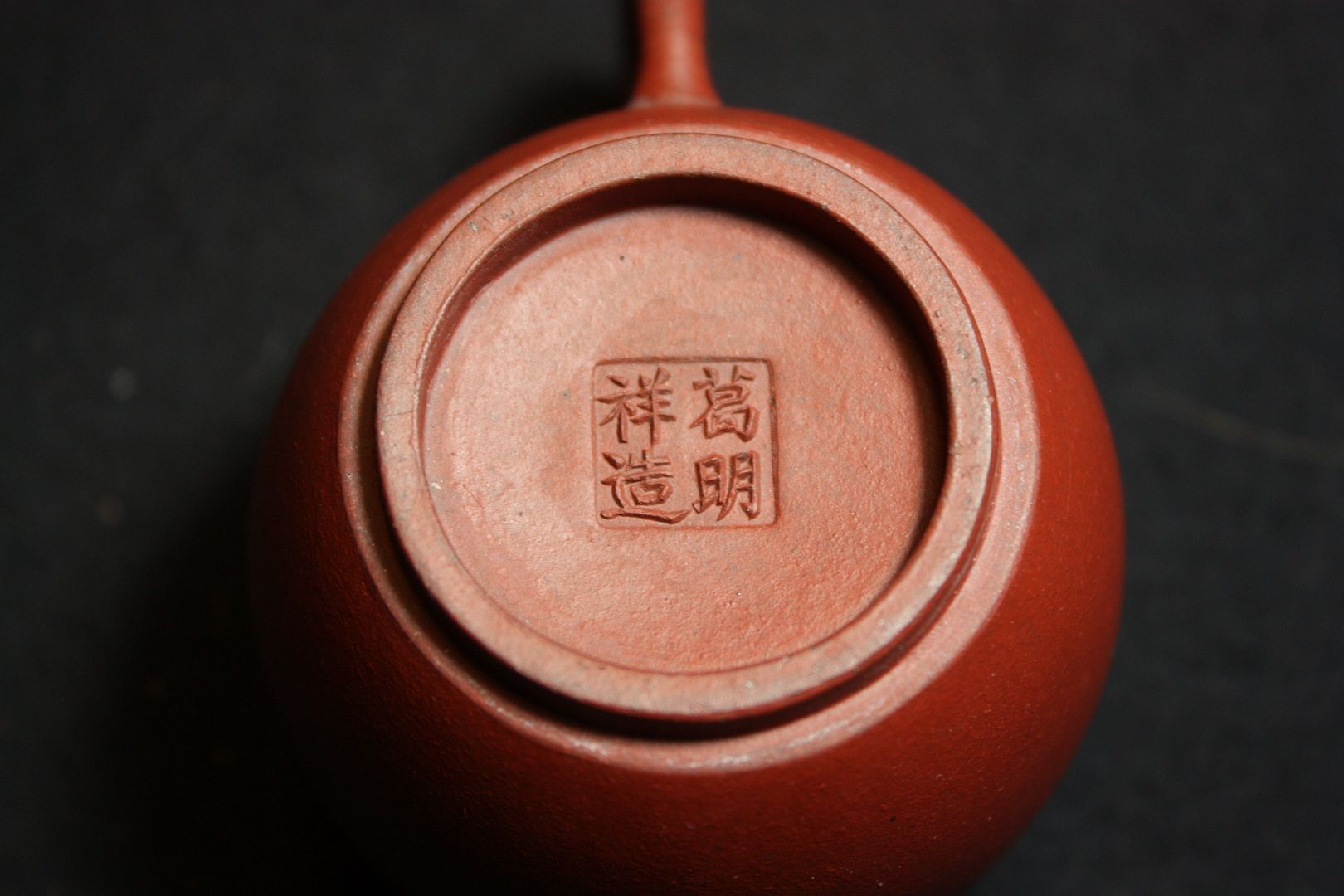
 RSS - Posts
RSS - Posts
Interesting.... would 250C in my oven work?